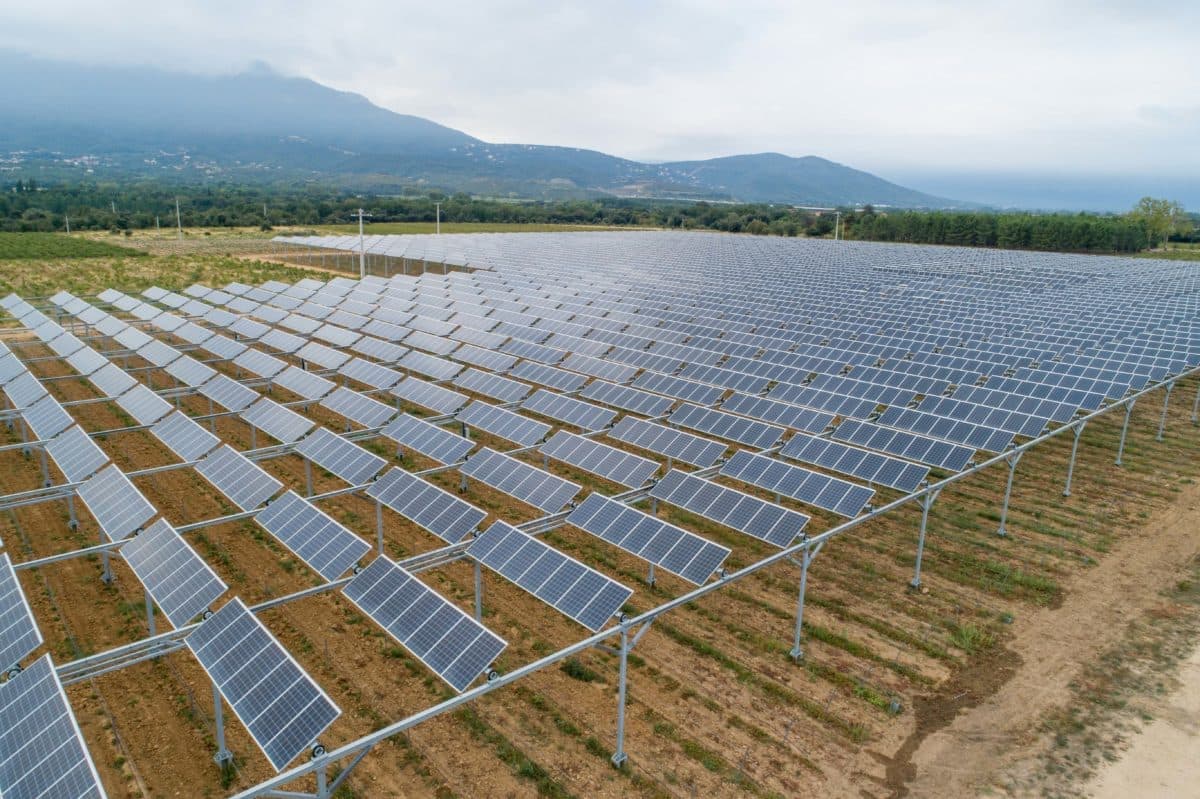Cornell University researchers have discovered that soybeans planted beneath 3.9-meter-high solar modules can positively affect panel temperatures and the micro-climates of farms.

From pv magazine USA dated MARCH 6, 2023
Agrivoltaics solve at least two critical needs. Solar provides the renewable energy needed to mitigate climate change impacts while meeting global energy demand. And crops grown alongside solar help to feed the burgeoning global population, which is anticipated to grow to nearly 10 billion people by 2050, according to the United Nations.
Cornell University researchers have examined agrivoltaics to find out if there is merit to the perception that co-located sites will see major trade-offs between food and energy production. Their study has shown how solar and crop production cannot only exist side by side, but how co-location improves the micro-climates of farms and the surface temperature of solar modules.
The researchers have developed a computational fluid dynamics (CFD) micro-climate model, which they evaluated against experimental data to investigate the effects of panel height, light reflection (albedo), and how much water is evaporated (evapotranspiration) in a PV site. They published their results in Applied Energy.
“We now have, for the first time, a physics-based tool to estimate the costs and benefits of co-locating solar panels and commercial agriculture from the perspective of increased power conversion efficiency and solar-panel longevity,” said lead author Henry Williams, a doctoral student in Cornell University's engineering department.
The team demonstrated an agricultural solar mounting facility with soybeans growing under solar modules mounted about 13 feet (3.9 meters) above the ground. The project resulted in solar module temperature reductions of up to 50 F (10 C), compared to solar farms mounted just 1.6 feet over bare soil.